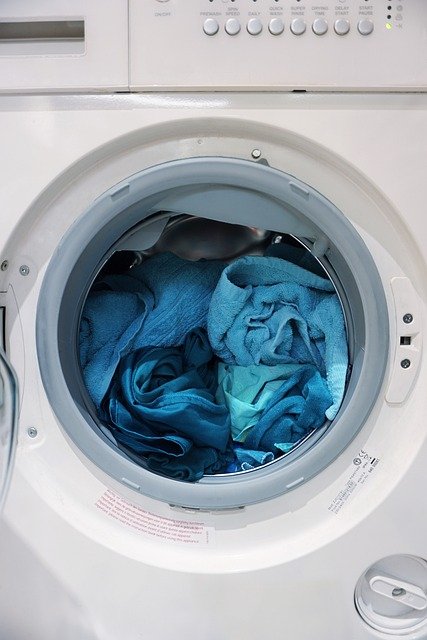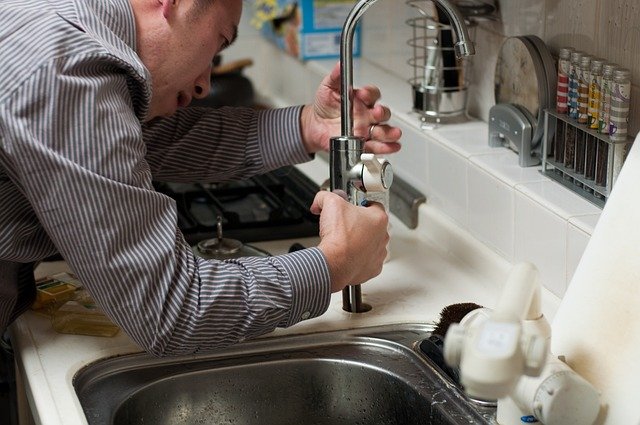Scheduling laundry to balance household electricity demand
Smart scheduling of laundry cycles can reduce peak electricity demand, lower household energy and water use, and extend appliance lifespan. This article outlines practical steps for planning laundry across the day, selecting appropriate cycles and detergent dosing, and carrying out routine maintenance to improve overall efficiency and support eco-friendly behaviour in UK homes.

Effective planning of laundry routines helps households smooth electricity demand and avoid simultaneous peaks that strain the local network. By organising loads across off-peak hours, choosing appropriate cycles, and dosing detergent correctly, you can reduce both energy and water consumption while protecting fabrics and the drum. The advice below focuses on practical steps suitable for UK households, combining timing strategies with machine settings and simple maintenance to deliver predictable, efficient results.
How can laundry scheduling reduce energy demand?
Timing is one of the most straightforward levers for lowering energy impact. Running cycles outside known peak periods — typically early evening on weekdays — reduces the chance of contributing to network peaks and can be cheaper if you are on a time-of-use tariff. Use delayed-start or timer features to programme cycles for overnight or mid-day when demand is lower. Staggering loads across different days rather than doing all washing in a single session prevents short-term surges from high-power components such as heaters and spin motors.
Which cycles and load sizes save water and improve efficiency?
Select cycles that match fabric type and soil level: eco programmes generally use less water and lower temperatures, although they may run for longer. Aim to wash full but not overloaded loads — an optimally filled drum gives the best energy and water use per kilogram of laundry. For small loads, use half-load or quick-wash options where available. Reducing wash temperature where suitable and grouping similar fabrics together both cut consumption and help maintain fabric quality over time.
How should you dose detergent for best results?
Correct detergent dosing prevents excess foam that can require extra rinses and increase water use. Modern concentrated detergents are effective at lower temperatures, which supports energy savings. Follow manufacturer guidance on detergent quantity relative to load size, water hardness and soiling level. For delicates and technical fabrics, choose mild or specialised detergents and shorter cycles to avoid damage. Appropriate dosing also reduces residue in the drum, limiting maintenance needs.
What spin and drum practices protect the appliance?
Spin speed influences residual moisture and therefore subsequent drying energy. Use higher spin speeds for towels and heavy fabrics, but moderate speeds for delicates to protect fibres and avoid imbalance. Always distribute items evenly in the drum before starting to reduce vibration, mechanical stress and temporary power spikes. Regularly check the drum and rubber seals for trapped items or build-up, and clear the filter as advised — these small checks reduce the risk of faults that can lead to inefficient operation.
How does regular maintenance support efficiency?
Routine maintenance keeps the appliance operating close to its designed efficiency. Clean detergent drawers, seals and filters periodically to prevent blockages and residue. Run a maintenance cycle now and then to remove limescale and detergent deposits, particularly if your area has hard water. Inspect hoses and connections for wear or leaks and replace components when necessary. Well-maintained machines consume energy and water more predictably and are less likely to develop faults that increase resource use.
How can eco habits and local services help?
Adopting eco-friendly habits — such as air-drying when possible, using lower temperatures and grouping loads by fabric type — compounds the benefits of good scheduling. If you want tailored advice, local services and appliance technicians can offer diagnostics and suggestions for optimising performance and reducing energy draw. Look for providers in your area with experience in domestic energy efficiency. Small, consistent changes to behaviour and settings deliver measurable savings and reduce the environmental footprint of laundry over time.
Conclusion Balancing laundry needs with electrical network stability involves mindful scheduling, the right choice of cycles and detergent dosing, and simple maintenance. By spreading loads into off-peak times, matching programmes to fabrics and soil levels, and keeping the drum and components clean, households can reduce energy and water consumption while preserving garments and prolonging appliance life. These coordinated measures support more predictable electricity use and a more resource-efficient household routine.






